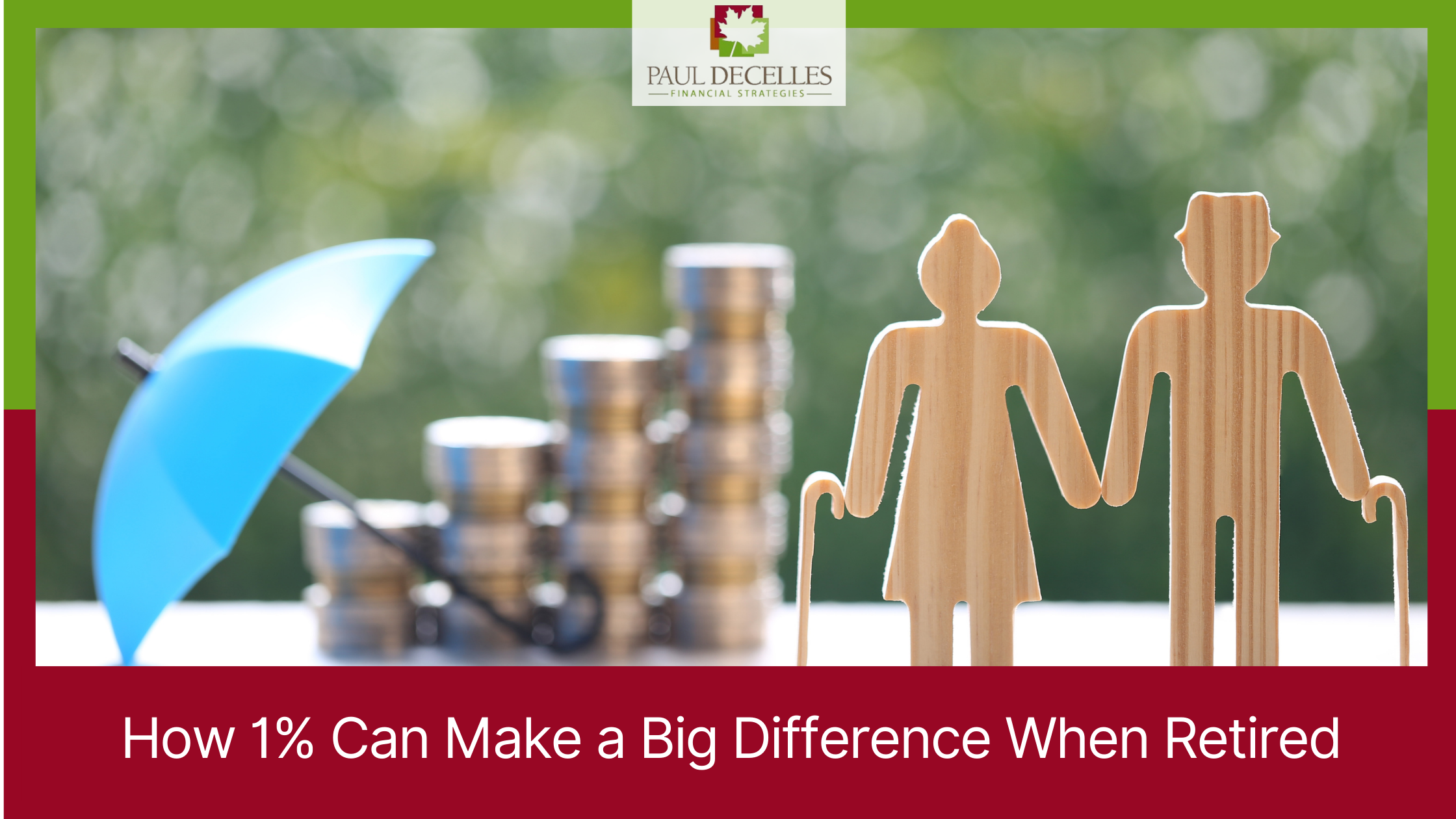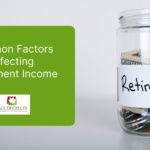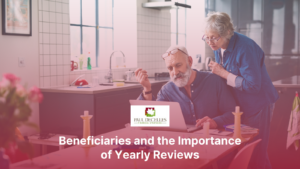How 1% Can Make a Big Difference When Retired

Be very careful when making even small changes to your assumptions.
Cut a pie into 100 slices and what do you have? Barely a nibble. Seemingly an inconsequential share of anything, 1% can actually make a tremendous difference to your financial security. Even fractions of a percent added to investment returns over time can redefine your life in retirement or your net worth.
For instance, if you can increase your average annual investment return from 5% to 6%, that bump represents a fifth better return – and a substantial increase in your options for living.
The Difference 1% Makes
Let’s assume that you saved well over your career. You’re 65 now and, in addition to your Social Security benefits, you have $500,000 that may need to last 30 years. A 5% average annual return – reduced 2.5 percentage points for projected inflation (yes inflation is much higher today, but let’s use a more historical rate for inflation) – allows you to withdraw $1,750 pre-tax each month and enjoy, considering average longevity, an excellent probability of not running out of money for the rest of your life.
Increase your average annual return to 6% (make it 3.5% after inflation) and you can increase monthly withdrawals to $2,000 while maintaining significant probability of stretching your nest egg to age 95.
Sounds great – except that adding a percentage point to your expected returns without accounting for more fluctuation in your investment outcomes is hard given today’s low yields for bonds.
For the past 30 years, many people lived well in retirement off bond-heavy portfolios. As interest rates trended down for a generation, bond returns were adequate to exceptional.
The Golden Age of Bonds is Probably Dead
We have probably left the golden age of bonds. Now global interest rates are near all-time lows and investors find bond returns inadequate to generate enough retirement income.
Bonds saw multiple decades of weak returns years ago, but most retirees then had both shorter life expectancies and company pensions instead of an investment account. Retirees saw far less reason to squeeze a little more return out of money.
With low bond income, many investors feel compelled to seek more investment return via more money in the stock market or high-yield junk bonds that may deliver better returns and higher income only in exchange for more uncertainly and volatility. Risk of bond issuers’ default, aka credit risk, is tame right up until it isn’t – sometimes also the moment that some investors ignore issuers’ questionable credit quality while scrambling for that extra point.
Your Written Investment Policy
So how can you walk that narrow cliff trail between risk and earning slightly more? First, focus on what you can control. Though this task obviously doesn’t include investment outcomes, you can learn much more about your exposure to risk, reasonably expected returns and how both match your goals.
A written investment policy (aka an investment policy statement) tied to your financial plan can add a guardrail to that cliff edge, minimizing your emotional and knee-jerk decisions when the market turns temporarily sour.
Important Disclosures
The opinions voiced in this material are for general information only and are not intended to provide specific advice or recommendations for any individual security. To determine which investment(s) may be appropriate for you, consult your financial professional prior to investing.
Bonds are subject to market and interest rate risk if sold prior to maturity. Bond values will decline as interest rates rise and bonds are subject to availability and change in price.
High yield/junk bonds (grade BB or below) are not investment grade securities, and are subject to higher interest rate, credit, and liquidity risks than those graded BBB and above. They generally should be part of a diversified portfolio for sophisticated investors.
Investing in stock includes numerous specific risks including: the fluctuation of dividend, loss of principal and potential illiquidity of the investment in a falling market.
Credit risk is the risk of loss of principal or loss of a financial reward stemming from a borrower’s failure to repay a loan or otherwise meet a contractual obligation. Credit risk arises whenever a borrower is expecting to use future cash flows to pay a current debt. Investors are compensated for assuming credit risk by way of interest payments from the borrower or issuer of a debt obligation. Credit risk is closely tied to the potential return of an investment, the most notable being that the yields on bonds correlate strongly to their perceived credit risk.
This article was prepared by FMeX.
LPL Tracking #1-05320425





